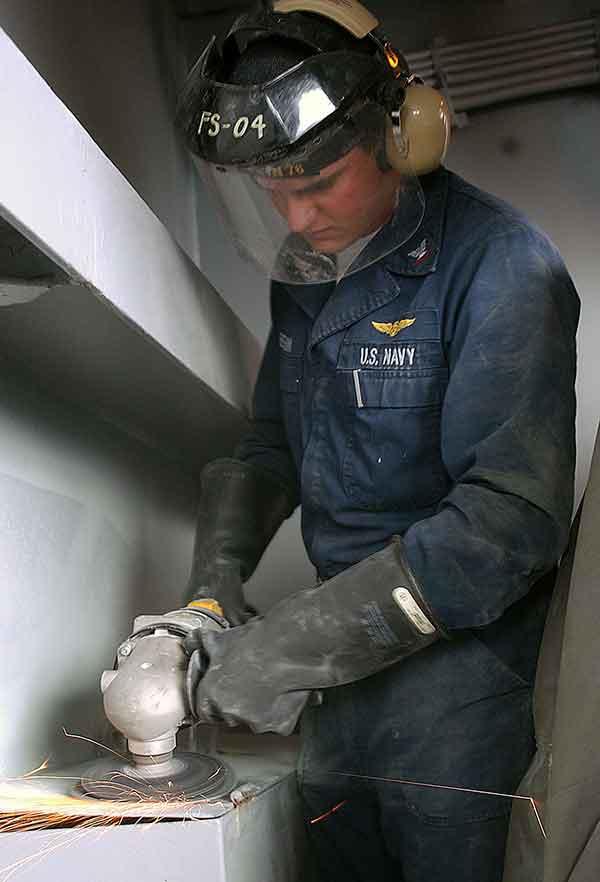Nickel Compounds
What are nickel and nickel compounds?
Nickel is a silvery-white metallic element found in the earth’s crust. It can be combined with other elements to form nickel compounds. Because of its unique properties, nickel has many industrial uses. Most nickel is used in metal alloys because it imparts useful properties, such as corrosion resistance, heat resistance, hardness, and strength.
How are people exposed to nickel and nickel compounds?
Occupational exposure is common in workplaces where nickel and nickel compounds are produced or used, including mining, smelting, welding, casting, and grinding. Occupational exposure to nickel occurs mainly through inhalation of dust particles and fumes or through skin contact.
The general population is exposed to low levels of nickel in air, water, food, and tobacco smoke. Nickel and its compounds get into the atmosphere through natural processes, such as the spread of dust and volcanic eruptions by the wind, as well as through industrial activities. The general public may also be exposed through nickel-plated materials, such as coins, jewelry, and stainless steel cooking and eating utensils.
Which cancers are associated with exposure to nickel and nickel compounds?
Exposure to various nickel compounds increases the risks of lung cancer and nasal cancer.
How can exposures be reduced?
Exposures of the general population to nickel compounds are almost always too low to be of concern. To protect workers, the U.S. Occupational Safety & Health Administration has issued exposure limits for nickel compounds.
Selected References:
- Health Effects Notebook for Hazardous Air Pollutants. Nickel Compounds. Washington, DC: U.S. Environmental Protection Agency, 2000. Available online. Last accessed February 15, 2019.
- International Agency for Research on Cancer. Nickel and Nickel Compounds, IARC Monographs on the Evaluation of Carcinogenic Risks to Humans, Volume 100C. Lyon, France: World Health Organization, 2012. Also available online. Last accessed February 15, 2019.
- National Institute of Occupational Safety and Health. Nickel Metal and Other Compounds (as Ni), NIOSH Pocket Guide to Chemical Hazards. Atlanta, GA: Centers for Disease Control and Prevention, 2010. Also available online. Last accessed February 15, 2019.
- National Toxicology Program. Nickel Compounds and Metallic Nickel, Report on Carcinogens, Fifteenth Edition. Triangle Park, NC: National Institute of Environmental Health and Safety, 2021. Also available online. Last accessed December 8, 2022.
